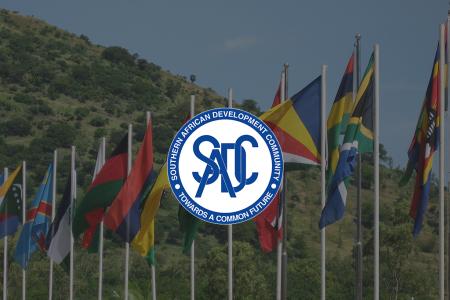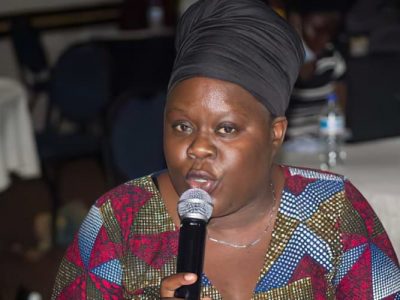The Southern African Development Community (SADC) has laid out a bold roadmap for regional integration under its Regional Indicative Strategic Development Plan (RISDP) 2020-2030, but is it enough to create real economic change? Speaking at a recent regional policy dialogue, economic integration expert Rangarirai Machemedze emphasized the urgency of industrialization, trade expansion, and infrastructure development to achieve SADC’s vision of a connected and self-sufficient regional economy.
With 16 member states and a population of 380 million, SADC’s strategy focuses on boosting local manufacturing, improving trade logistics, and reducing dependence on external markets. However, as Machemedze pointed out, past integration efforts have often stalled due to poor implementation, funding gaps, and political inertia.
Machemedze outlined how SADC nations still trade more with external partners than among themselves, mainly due to weak transport links, unaligned trade policies, and an overreliance on raw material exports. To counter this, the RISDP seeks to develop regional value chains in agriculture, mining, and pharmaceuticals sectors with the potential to drive industrial growth. “We must shift from being mere suppliers of raw materials to becoming producers of finished goods. Without industrialization, regional integration will remain an illusion,” he said.
By Ruvarashe Gora
A key focus is pharmaceutical production, where Africa imports 75% of its essential medicines. By strengthening local manufacturing, SADC aims to reduce dependency on external suppliers and improve healthcare resilience.
However, the road to achieving these goals has been fraught with setbacks. One notable failure is the SADC Infrastructure Master Plan (SIMP) from 2012, which aimed to build key transport corridors and regional infrastructure. Despite initial commitments from member states, only 36% of the plan’s proposed projects were completed by 2020, largely due to funding shortfalls, political resistance, and lack of coordination. The North-South Corridor project, a critical trade route that was supposed to enhance cross-border movement, faced major delays, and the projected $40 billion investment fell well short of expectations.
Despite its ambitions, SADC has a history of struggling to turn plans into action. Machemedze noted that many regional policies have failed due to bureaucratic delays, inconsistent national policies, and weak political commitment. He warned that member states often prioritize national interests over regional cooperation, slowing down collective progress. “If we don’t find a way to align policies at the national level, SADC will continue to be fragmented and ineffective,” he added.
Funding remains a critical issue. While SADC leaders emphasize large-scale infrastructure investment, many projects rely on foreign donors and international financial institutions. Without stronger domestic financing, Machemedze cautioned, major projects could remain unfinished or delayed indefinitely. He pointed out that the SADC Industrialization Strategy and the Pharmaceutical Strategy both suffer from insufficient local investment, with private sector participation lagging behind.
Youth unemployment is another pressing challenge. With over 50% of SADC’s population under 20, creating sustainable jobs is a race against time. The RISDP includes strategies for entrepreneurship, digital innovation, and vocational training, but Machemedze questioned whether these efforts are moving fast enough to prevent economic stagnation and social unrest.
Political will and policy alignment are crucial to achieving SADC’s regional integration goals. Stronger coordination, elimination of trade barriers, and investment in industrialization are needed to move beyond political rhetoric. While South Africa remains the region’s largest economy, he stressed that smaller nations must also be empowered in decision making processes. Countries like Zambia, Malawi, and Mozambique, whose economies are largely dependent on agriculture and raw materials, need better representation to ensure their needs are met under the integration framework.
He also highlighted the media’s role in ensuring accountability. Many regional economic policies remain too technical and detached from ordinary citizens, yet they directly affect employment, healthcare, and business growth. For example, Zimbabwean farmers could benefit from improved trade routes, but many are still unaware of how regional integration could help them access regional markets more easily. Machemedze urged the media to keep the public informed and push leaders to act on their commitments.
As 2030 approaches, SADC stands at a crossroads.Will regional integration become a reality, or will it remain an unfulfilled promise? For Machemedze, the answer depends on whether leaders back their words with action.






Comments